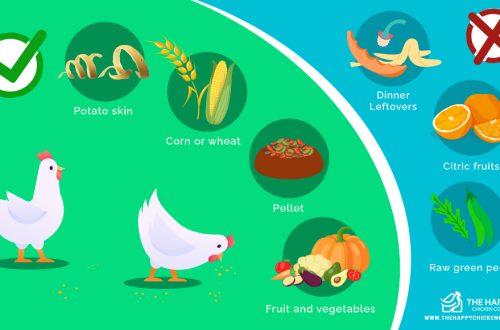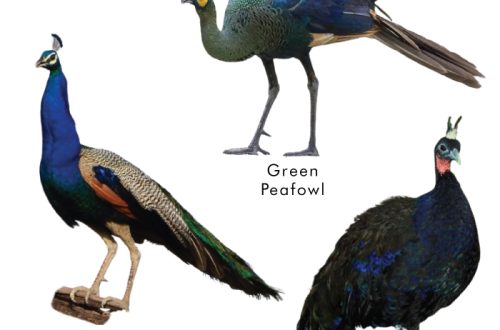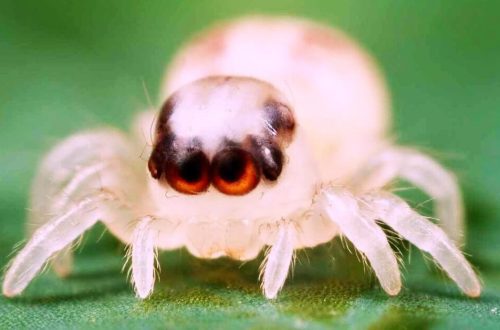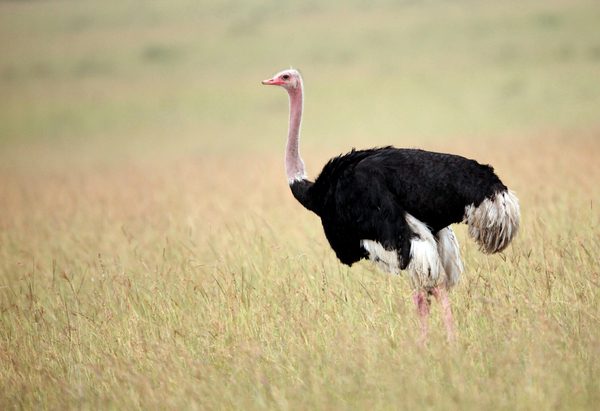
10 interesting facts about ostriches – the largest birds in the world
They have a small head with a straight beak and large eyes adorned with eyelashes. These are birds, but their wings are poorly developed, they will not be able to fly. But it makes up for it with strong legs. The shell of eggs was used by the ancient Africans to carry water in it.
Also, people were not indifferent to their luxurious feathers. They cover almost the entire body of this bird. Males usually have black feathers, with the exception of the wings and tail, they are white. The females are a slightly different shade, gray-brown, their tail and wings are grayish-white.
Once, fans, fans were made from the feathers of this bird, ladies’ hats were decorated with them. Because of this, ostriches were on the verge of extinction 200 years ago until they were kept on farms.
Their eggs, and the eggs of other birds, are eaten, various products are made from the shell. It is also used in food and meat, it resembles beef, and fat is added to cosmetics. Down and feathers are still used as decorations.
Fortunately, these friendly exotic birds are not uncommon now, 10 interesting facts about ostriches will help you get to know them better.
Contents
- 10 The largest bird in the world
- 9. The name translates as “camel sparrow”
- 8. flock birds
- 7. Territory of residence – Africa
- 6. Two types: African and Brazilian
- 5. Juveniles eat only meat and insects.
- 4. Have no close relatives among other creatures
- 3. Develop a huge speed up to 100 km / h
- 2. While running, they move in huge jumps
- 1. They don’t hide their heads in the sand
10 The largest bird in the world
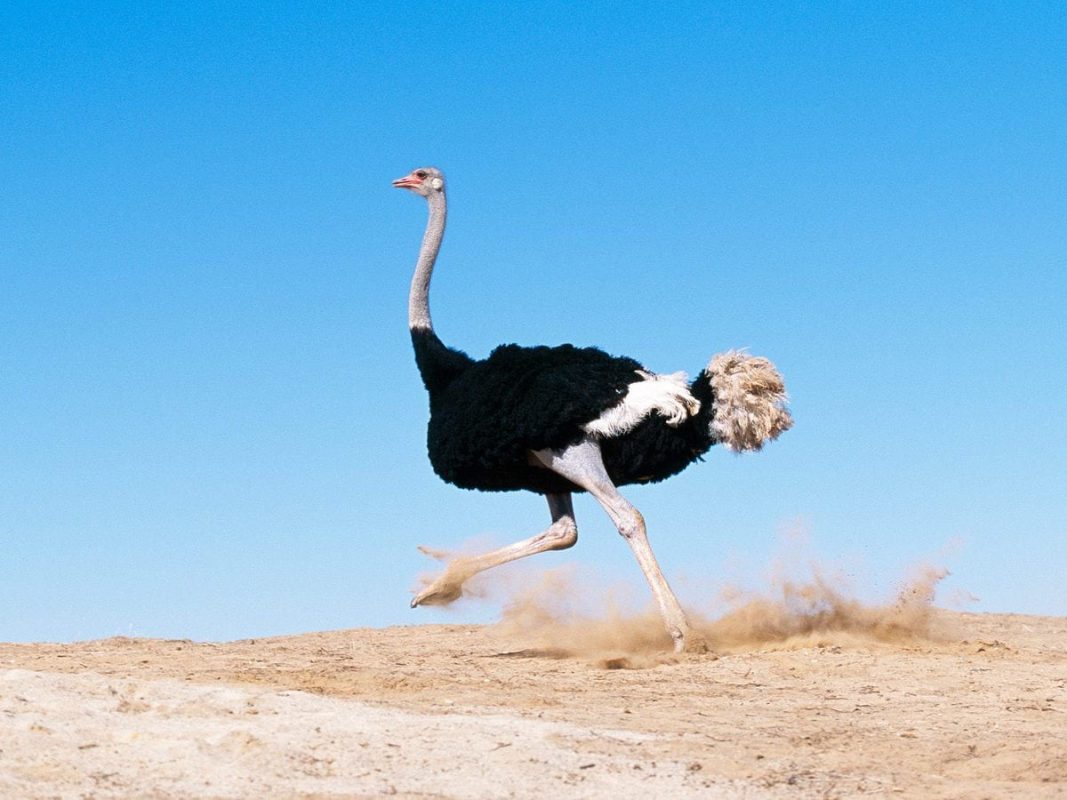 The African ostrich is called the largest bird, because. it grows up to 2m 70cm and weighs 156kg. They live in Africa. Once they could be found in Asia. But, despite such huge sizes, this bird has a small head, a tiny brain, not exceeding the diameter of a walnut.
The African ostrich is called the largest bird, because. it grows up to 2m 70cm and weighs 156kg. They live in Africa. Once they could be found in Asia. But, despite such huge sizes, this bird has a small head, a tiny brain, not exceeding the diameter of a walnut.
Legs are their main wealth. They are adapted for running, because. have powerful muscles, with 2 fingers, one of which resembles a foot. They prefer open areas, avoid thickets, swamps and deserts with quicksands, because. they couldn’t run fast.
9. The name translates as “camel sparrow”
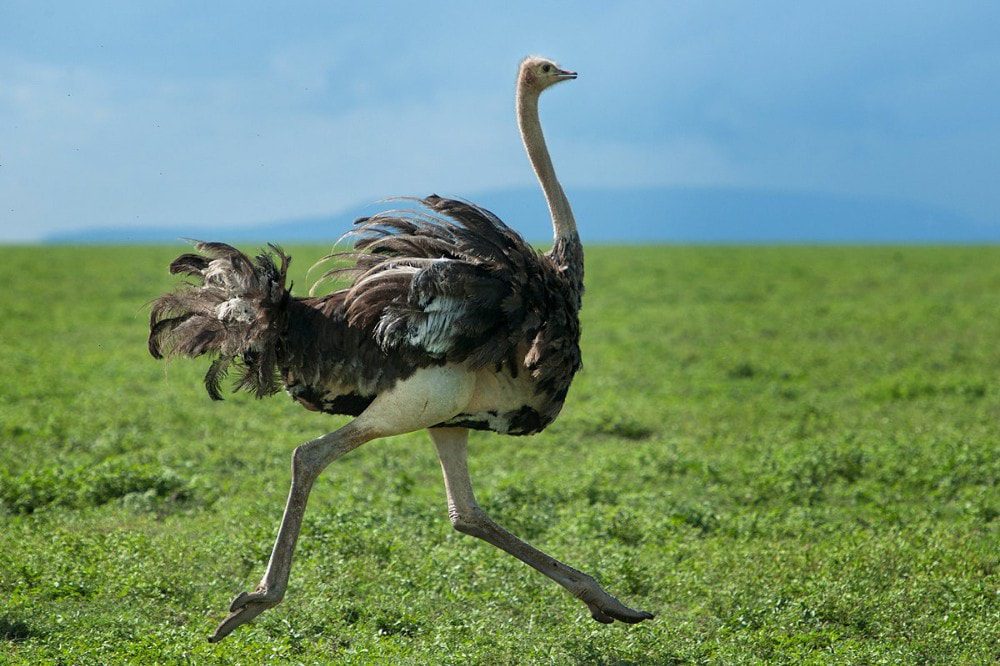 Word “ostrich” came to us from the German language, Strauss came from the Greek “struthos” or «strufos». It was translated as “bird” or “sparrow”. The phrase “strufos megas” meant “big birdand applied to ostriches.
Word “ostrich” came to us from the German language, Strauss came from the Greek “struthos” or «strufos». It was translated as “bird” or “sparrow”. The phrase “strufos megas” meant “big birdand applied to ostriches.
Another Greek name for it is “Strufocamelos”, which can be translated as “camel bird” or “camel sparrow». First this Greek word became Latin “strut”, then entered the German language, as “Strauss”, and later it came to us, as familiar to everyone “ostrich”.
8. flock birds
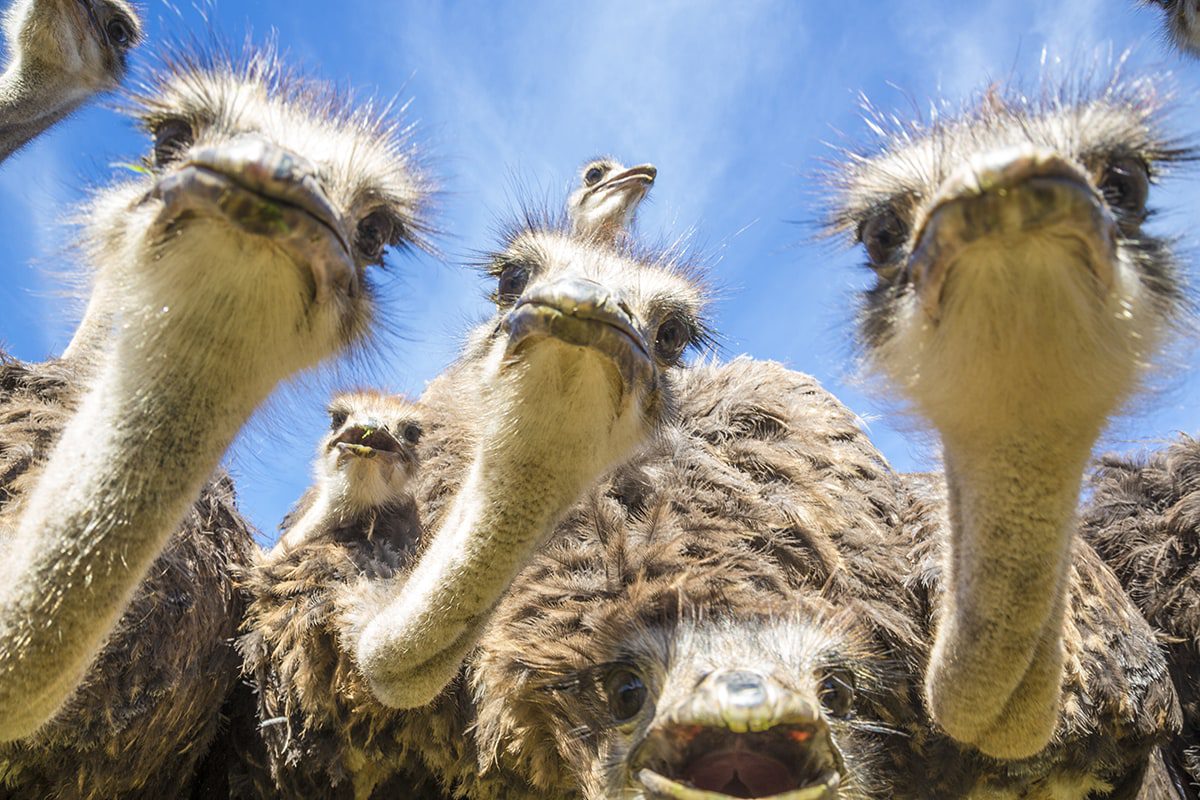 They live in small families. They usually have one adult male and four to five females of different ages.. But sometimes, in rare cases, there are up to fifty birds in one flock. It is not permanent, but everyone in it is subject to a strict hierarchy. If this is a high-ranking ostrich, then its neck and tail are always vertical, weakened individuals prefer to keep their heads tilted.
They live in small families. They usually have one adult male and four to five females of different ages.. But sometimes, in rare cases, there are up to fifty birds in one flock. It is not permanent, but everyone in it is subject to a strict hierarchy. If this is a high-ranking ostrich, then its neck and tail are always vertical, weakened individuals prefer to keep their heads tilted.
Ostriches can be seen next to groups of antelopes and zebras, if you need to cross the African plains, they prefer to stay close to them. Zebras and other animals are not against such a neighborhood. Ostriches warn them in advance of danger.
While feeding, they often examine the surroundings. They have excellent eyesight, they can see a moving object at a distance of 1 km. As soon as an ostrich notices a predator, it starts to run away, followed by other animals that do not differ in vigilance.
7. Territory of residence – Africa
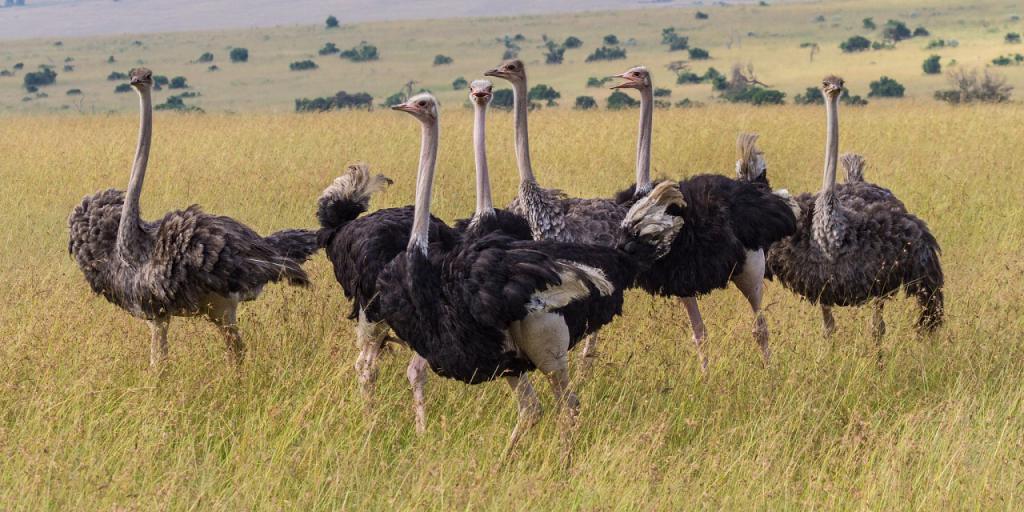 Ostriches have long been domesticated, they are bred on farms, i.e. These birds can be found all over the world. But wild ostriches live only in Africa.
Ostriches have long been domesticated, they are bred on farms, i.e. These birds can be found all over the world. But wild ostriches live only in Africa.
Once they were found in Central Asia, the Middle East, Iran, India, i.e. occupied larger areas. But due to the fact that they were constantly hunted, in other places they were simply exterminated, even a numerous Middle Eastern species.
Ostriches can be found almost all over the continent, except for the Sahara desert and the north of the mainland. They feel especially good in reserves where it is forbidden to hunt birds.
6. Two types: African and Brazilian
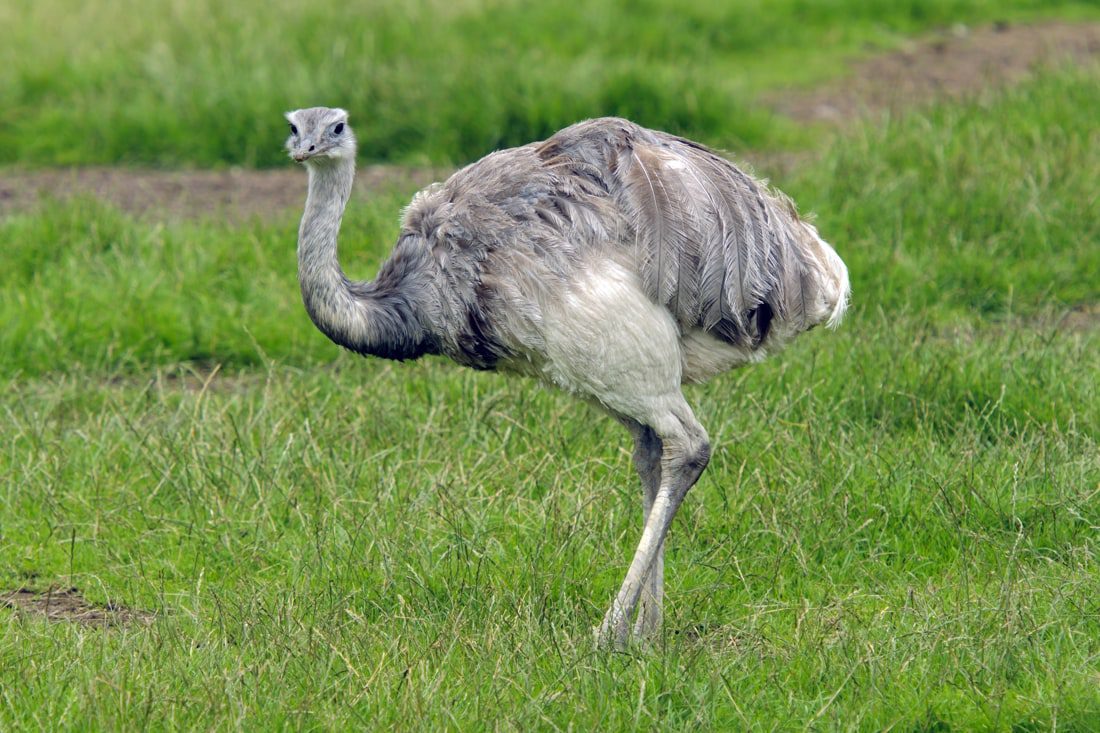 For a long time, ostriches were considered not only African birds that live on this continent, but also rhea. This so-called Brazilian ostrich is similar to the African one, now it belongs to the nanda-like order.. Despite the similarity of birds, there are significant differences between them.
For a long time, ostriches were considered not only African birds that live on this continent, but also rhea. This so-called Brazilian ostrich is similar to the African one, now it belongs to the nanda-like order.. Despite the similarity of birds, there are significant differences between them.
Firstly, they are much smaller: even the largest rhea grows up to a maximum of 1,4 m. The ostrich has a bare neck, while the rhea is covered with feathers, the first has 2 toes, the second has 3. on a bird, resembles the roar of a predator, makes sounds reminiscent of “nan-du”, because of which he received such a name. They can be found not only in Brazil, but also in Argentina, Bolivia, Chile, Paraguay.
Nandu also prefer to live in herds, where there are from 5 to 30 individuals. It includes males, chicks, and females. They can form mixed herds with deer, vicuñas, guanacos, and in rare cases with cows and sheep.
5. Juveniles eat only meat and insects.
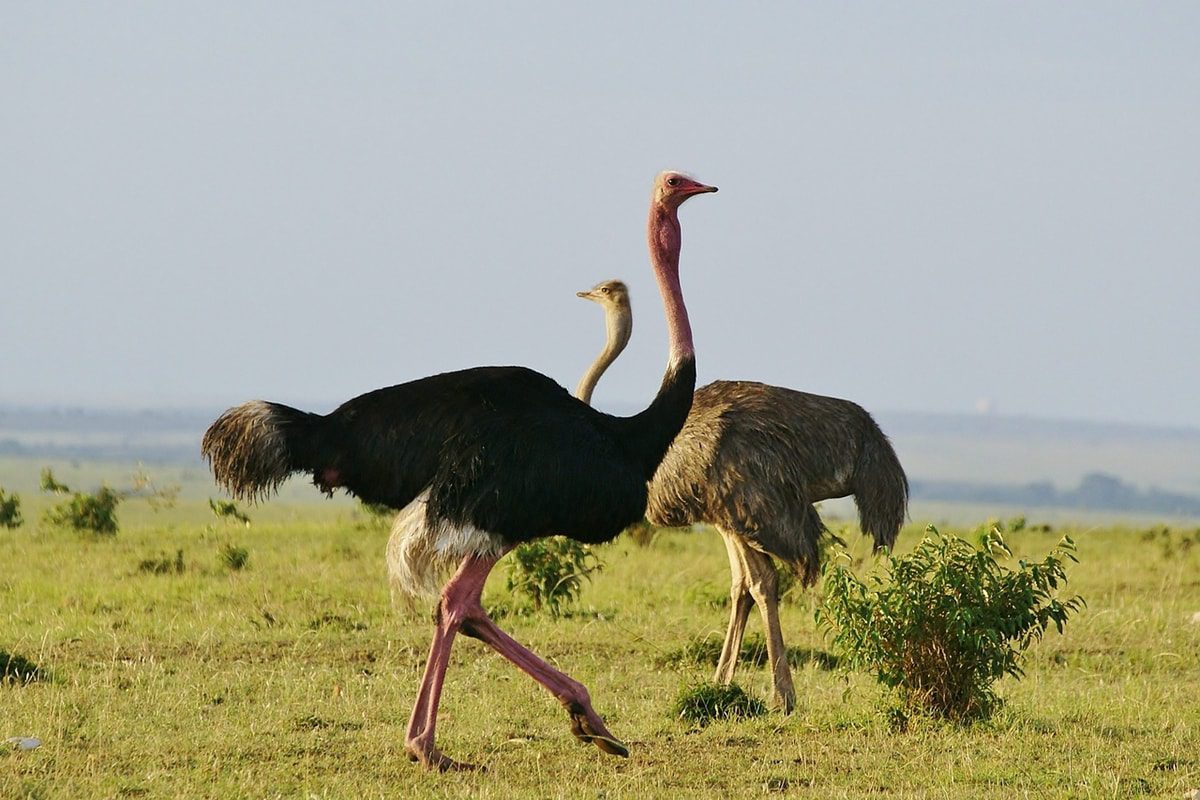 Ostriches are omnivores. They feed on grass, fruits, leaves. They prefer to collect food from the ground, rather than tear from tree branches. They also love insects, any small living creatures, including turtles, lizards, i.e. something that can be swallowed and seized.
Ostriches are omnivores. They feed on grass, fruits, leaves. They prefer to collect food from the ground, rather than tear from tree branches. They also love insects, any small living creatures, including turtles, lizards, i.e. something that can be swallowed and seized.
They never crush prey, but swallow it. To survive, birds are forced to move from place to place in search of food. But they can live for several days without food and water.
If there are no water bodies nearby, they also have enough of the liquid that they receive from plants. However, they prefer to make their stops near water bodies, where they willingly drink water and swim.
To digest food, they need pebbles, which ostriches swallow with pleasure. Up to 1 kg of pebbles can accumulate in the stomach of one bird.
And young ostriches prefer to eat only insects or small animals, refusing plant foods..
4. Have no close relatives among other creatures
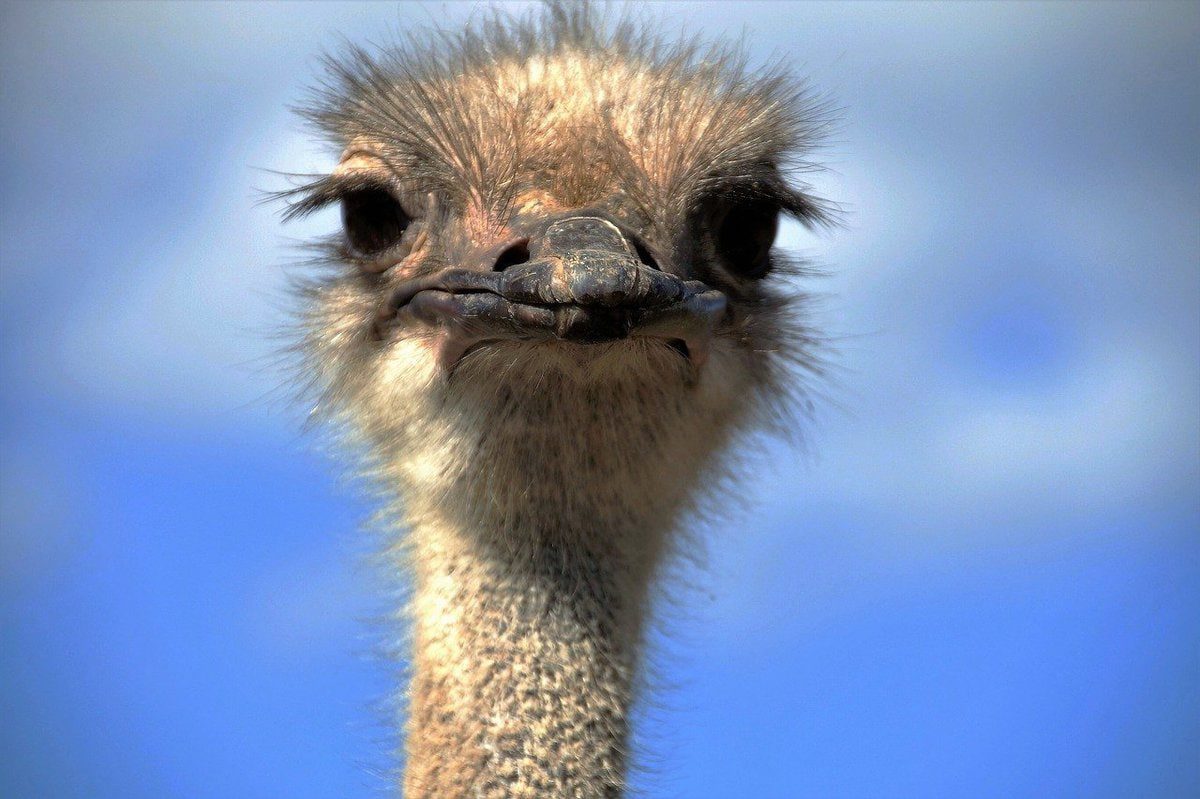 A detachment of ratites are ostriches. It includes only one representative – the African ostrich. We can say that ostriches have no close relatives.
A detachment of ratites are ostriches. It includes only one representative – the African ostrich. We can say that ostriches have no close relatives.
The keelless birds also include cassowaries, for example, emus, kiwi-like – kiwi, rhea-like – rhea, tinamu-like – tinamu, and several extinct orders. We can say that these birds are distant relatives of ostriches.
3. Develop a huge speed up to 100 km / h
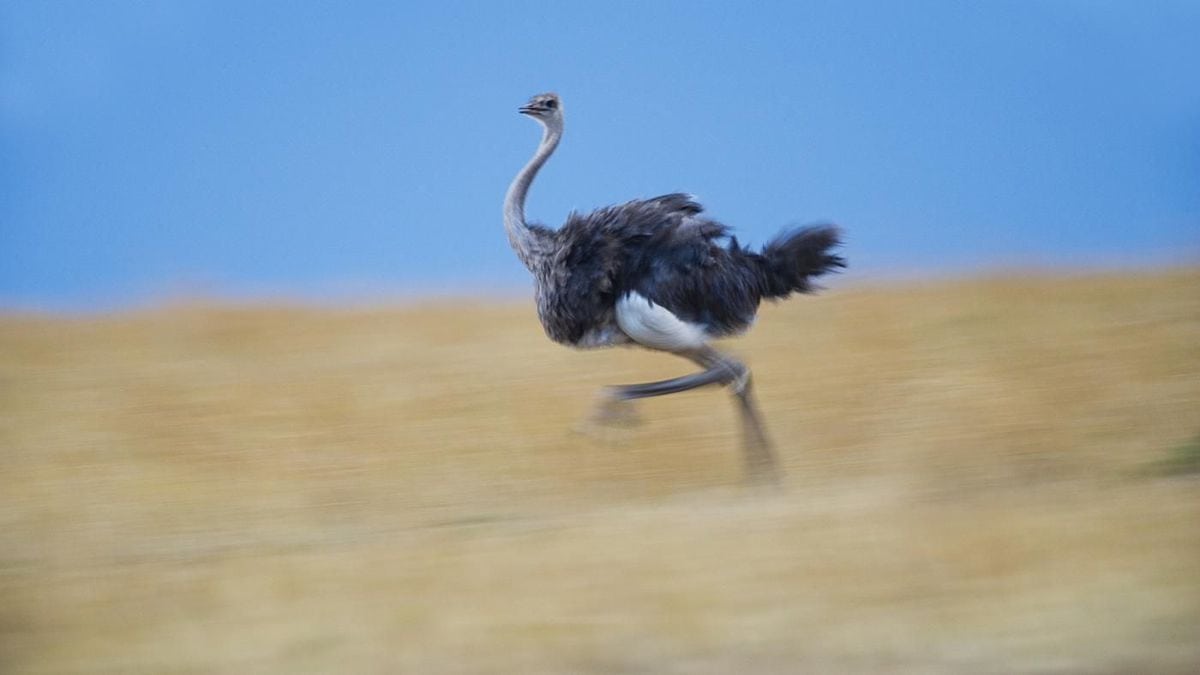 Legs are the only defense of this bird from enemies, because. at the sight of them, ostriches flee. Already young ostriches can move at speeds up to 50 km / h, and adults move even faster – 60-70 km / h and above. They can maintain a running speed of up to 50 km / h for a long time.
Legs are the only defense of this bird from enemies, because. at the sight of them, ostriches flee. Already young ostriches can move at speeds up to 50 km / h, and adults move even faster – 60-70 km / h and above. They can maintain a running speed of up to 50 km / h for a long time.
2. While running, they move in huge jumps
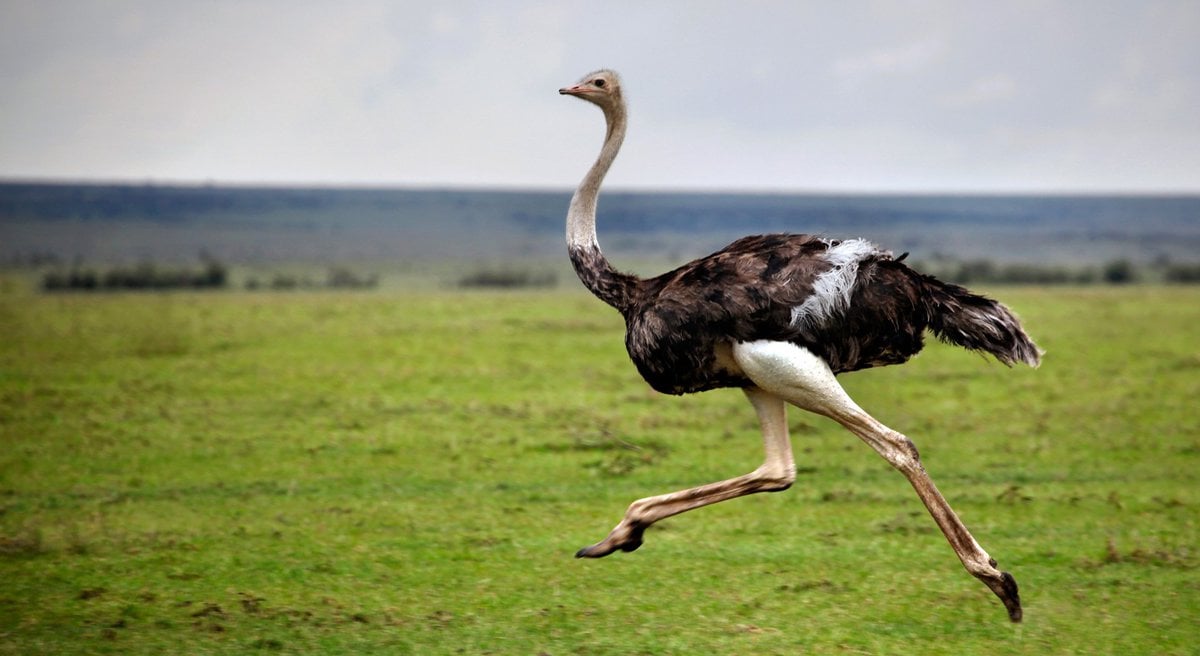 Move around the area in huge leaps, for one such jump they can overcome from 3 to 5 m.
Move around the area in huge leaps, for one such jump they can overcome from 3 to 5 m.
1. They don’t hide their heads in the sand
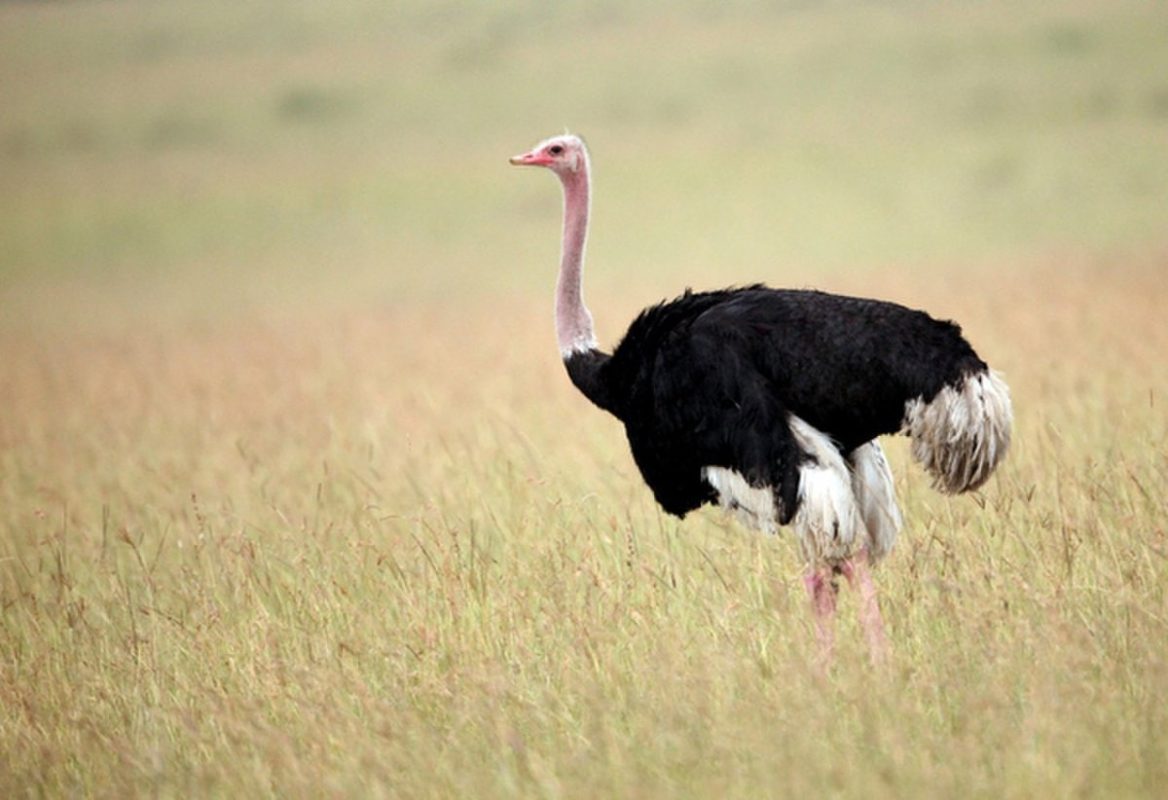 The thinker Pliny the Elder was sure that when they see a predator, ostriches hide their heads in the sand. He believed that then it seems to these birds that they have completely hidden. But it’s not.
The thinker Pliny the Elder was sure that when they see a predator, ostriches hide their heads in the sand. He believed that then it seems to these birds that they have completely hidden. But it’s not.
Ostriches bow their heads to the ground when they swallow sand or gravel, sometimes they choose these hard pebbles from the earth, which they need for digestion.
A bird that has been chased for a long time may lay its head on the sand, because. she doesn’t have the strength to lift it. When a female ostrich sits on a nest to wait out danger, she can spread herself, bow her neck and head to become invisible. If a predator approaches her, she will jump up and run away.



